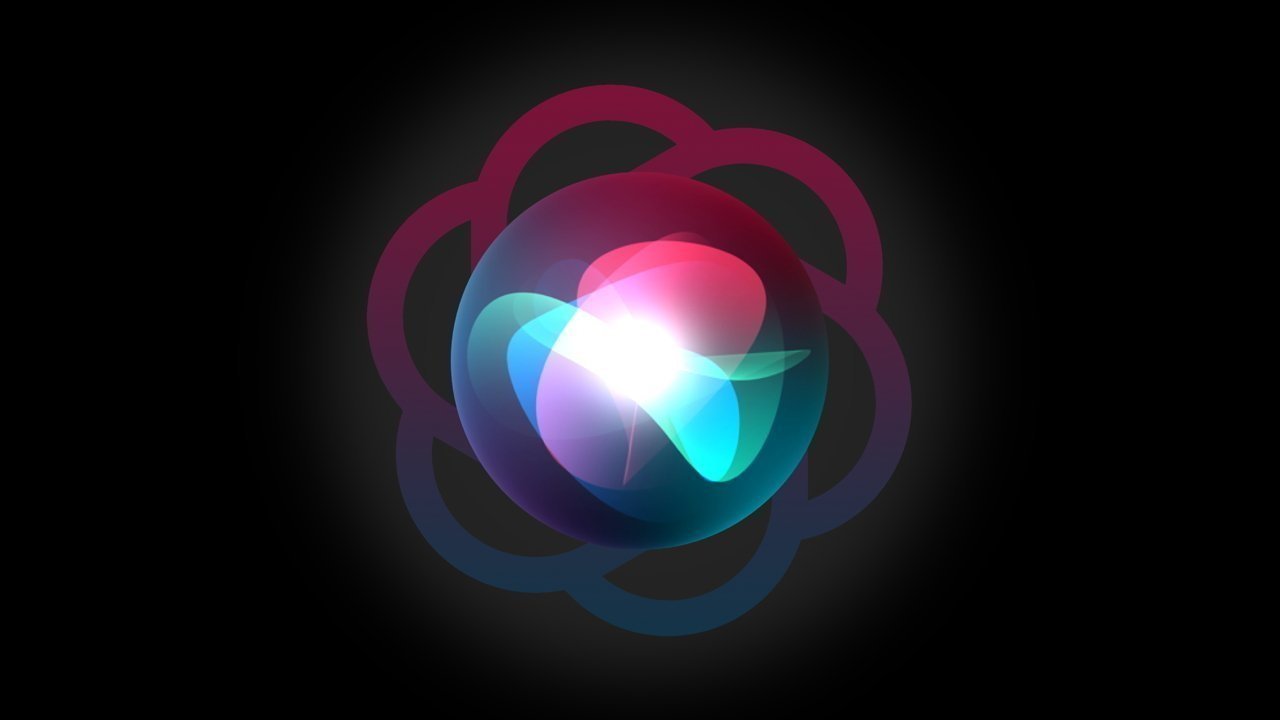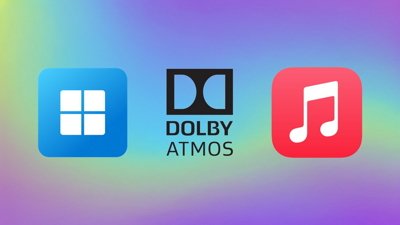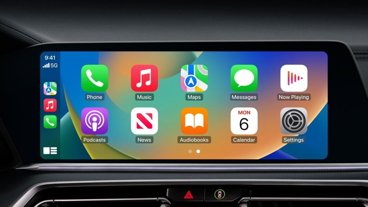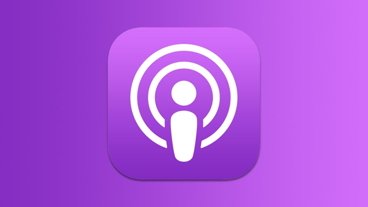Apple's efforts to catch up with competitors in the field of generative AI will include tools for creating apps in Xcode, as well as other additions to its productivity app suite.
The rapid growth and massive impact of ChatGPT and the work of tech rivals like Google improving their AI efforts has left observers with the impression that Apple is behind the curve for the technology. However, Apple could end up introducing some of its efforts to the public and developers by the summer.
According to Mark Gurman in the "Power On" newsletter for Bloomberg, Apple is planning to show off its work at WWDC in June, with changes made as part of iOS 18.
The features list will include elements such as adding auto-summarizing and auto-compete tools to core apps from the iPhone maker, including Pages and Keynote. Apps like Apple Music will also gain AI elements, for example by automating playlist creation, while Siri will be receiving a "big overhaul."
The changes won't be limited to just public-facing elements, with developers thought to benefit from an updated version of Xcode. This time around, there should be tools that use AI to complete code for developers, easing the development of future apps.
AppleCare employees may also benefit from the changes, with an AI-based troubleshooting system apparently in development.
Apple's intention for generative AI won't be implemented immediately, with it potentially taking until 2025 for Apple to fully realize its vision.
While the user-accessible features are apparently on the way, other reports have pointed to Apple's other work to improve its generative AI offerings.
In December, it was reported Apple had contacted news publishers to gain access to archived content, specifically to train its AI systems. Rather than scrape content, Apple instead wanted to pay for access.
A paper was also released in the same month, demonstrating ways to create "Human Gaussian Splats," or digital avatars of people. The process used as few as two seconds of video as a source, with it producing an avatar within 30 minutes.
 Malcolm Owen
Malcolm Owen







-m.jpg)






 Andrew Orr
Andrew Orr
 Amber Neely
Amber Neely
 Marko Zivkovic
Marko Zivkovic
 William Gallagher and Mike Wuerthele
William Gallagher and Mike Wuerthele



 Mike Wuerthele
Mike Wuerthele








3 Comments
Auto-summary is nothing new and it does not use AI. It has been around since OS X.4ish afaik. In fact Malcom you did an article on it in 2018: https://appleinsider.com/articles/18/05/07/how-to-shorten-long-text-documents-in-macos-with-the-summarize-service
What was old is new again. :)
As a shareholder I am looking for Apple to achieve competitive *perception parity" on AI features by WWDC, along with one or two ground breaking releases that puts Apple ahead of the pack in areas where existing leaders may not be looking.
Apple has a fairly unique advantage in that they have end to end control of dev tools -> OS -> hardware platforms -> silicon, and thus it is reasonable to expect that to translate into novel and very useful implementations of genAI for existing painpoints in the customer base.
I would love for Siri to progressively evolve to an equivalent of the
iCloud is already the operating system of our lives, and it has a chance to evolve into the adviser of our lives.